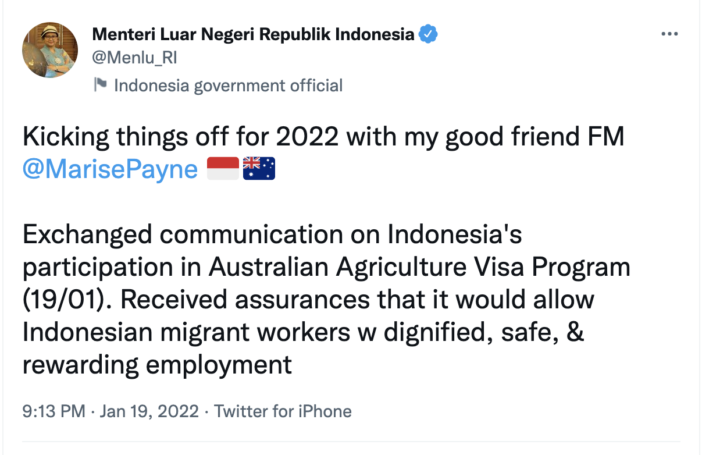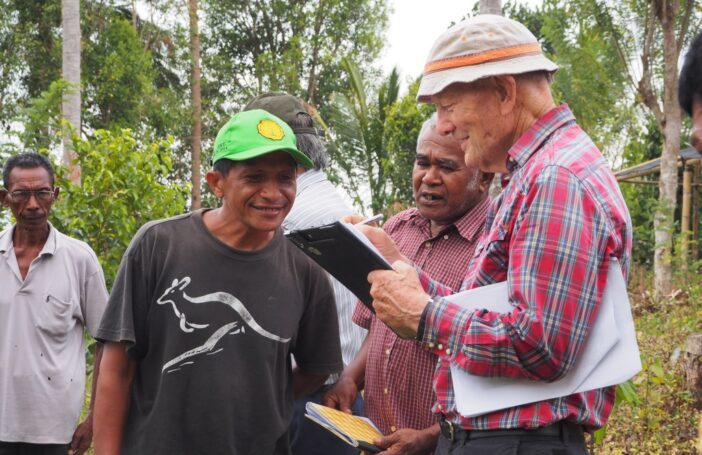As we’ve noted here, much attention has been focused in recent weeks on the battle to save the lives of Myuran Sukumaran and Andrew Chan, two Australians facing execution by firing squad in Indonesia for drug trafficking charges. Australia’s aid program to Indonesia has been pulled into the fight, with particular reference to Australia’s $1 billion package of assistance to Indonesia following the 2004 Indian Ocean tsunami.
Once again, Australia’s relationship with Indonesia seems only to be defined by aid when convenient. Aid’s prominence is inflated when Indonesia is seen to be ‘doing wrong’, viewed by members of the Australian public and the political or media commentariat as a quick answer to snap the nation of 230 million people on our doorstep into line when it has transgressed.
Yet aid’s role is always minimised when we look at the ways the relationship is doing well.
Last year, I was a delegate to the Conference of Australian and Indonesian Youth (CAUSINDY), a lively gathering on the future of the bilateral relationship, with 15 youth delegates from each country. But aid was barely mentioned, despite many of the delegates either being involved in the delivery of aid, having got an early taste of Indonesia through programs like Australian Volunteers for International Development or having directly benefitted from Australia’s aid program in the form of Australia Awards. Indeed, the conference itself was sponsored by many organisations that are part of the aid program or a beneficiary of it. There was talk of needing to build knowledge and mutual understanding, and proposals for new initiatives, some of which might need funding from the aid pot. But aid just hummed away underneath the talk of trade and business, underneath the boats, beef and Bali, perhaps seen as too small in the scheme of things to shape a relationship so big and dynamic.
At the end of the week, I was awarded a joke prize from my fellow conference delegates for ‘asking the toughest questions all week’—nearly all my questions were on aid.
But perhaps this is where aid belongs in the relationship: a quiet current of goodwill under everything else. Thus to see aid to Indonesia being depicted as a tool for transnational arm-twisting seems at odds with its actual level of influence.
Australia’s imports from Indonesia last year totalled $9 billion. Exports were $6.9 billion. More than 800,000 Australians visited Bali last year. The aid budget pales in comparison to other areas of the relationship when it comes to size and prominence. And it is barely a blip when compared to Indonesia’s GDP. As Sam Roggeveen puts it on the Lowy Interpreter, we need to stop portraying Indonesia as a charity case.
Amid the wider diplomatic backlash, offended beneficiaries of Australian aid—the people of Aceh and Nias—have started a Twitter campaign #KoinUntukAustralia (Coins for Australia), offering to repay Australia’s tsunami aid one Rp 1000 coin at a time.
It would seem that dragging aid into these kinds of fracas only undoes the quiet good it brings to the relationship, for no gain.





Good topic Ashlee, thanks. I liked the big-picture explanation of the role of aid in relations between Indonesia and Australia, in the radio interview with Robin Davies a couple of days ago on 2UE. Here’s the linkage if others missed it.